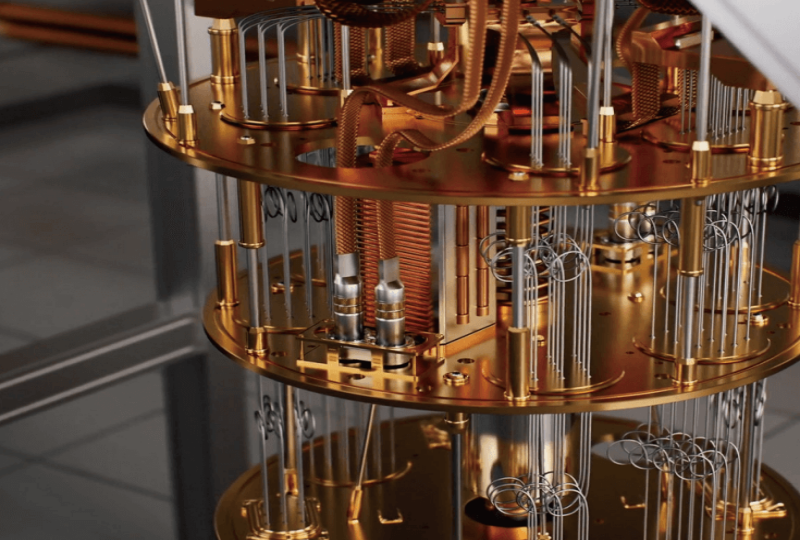Master Quantum Error Correction: An Essential Guide to QEC
2025.02.12 · Blog
Quantum computers represent a revolutionary leap in solving complex problems that classical computers struggle with, from optimizing logistics to simulating molecular interactions.
However, unlike classical bits, quantum bits (qubits) are highly sensitive to their surroundings. They are prone to errors caused by environmental noise, thermal fluctuations, and imprecise operations, which can significantly degrade quantum computing accuracy.
Quantum error correction (QEC) emerges as an indispensable technology to address this critical challenge. QEC provides a systematic way to detect and correct errors, ensuring the reliability of quantum computing.
What is Quantum Error Correction?
Quantum Error Correction (QEC) is a foundational concept in quantum computing, addressing the critical challenge of maintaining accurate quantum information despite the inherent fragility of qubits.
Unlike classical error correction, QEC must deal with both bit flips (e.g., flipping between |0⟩ and |1⟩) and phase flips (affecting the relative phase of quantum states), as well as decoherence, which causes qubits to lose their quantum properties over time.
Key Principles of Quantum Error Correction:
1. Logical vs. Physical Qubits:
Logical qubits represent the actual quantum information, while physical qubits are used redundantly to protect logical qubits from errors. For example, several physical qubits may encode a single logical qubit.
2. Error Detection and Correction:
QEC detects errors indirectly, without collapsing the quantum state, by measuring ancillary (helper) qubits. Based on the results, errors can be corrected without disturbing quantum computing.
The primary goal of QEC is to enable fault-tolerant quantum computing. This means ensuring that quantum computers can still perform correct calculations even when errors occur during computations, making them more practical for real-world applications.
Why Do Errors Occur in Quantum Computers?
1. Physical Characteristics of Qubits
Quantum computers rely on qubits, which are implemented using various physical systems, such as superconducting circuits and trapped ions.
These qubits are highly sensitive to their surrounding environment, making them vulnerable to disturbances like electromagnetic interference, temperature fluctuations, and mechanical vibrations. These environmental factors can alter qubits' state, causing quantum computing errors.
2. Sources of Errors
Decoherence: Decoherence occurs when a qubit loses its quantum state due to environmental interaction. This causes the superposition of states to collapse, resulting in the loss of information and errors in computing.
Thermal Noise: Thermal fluctuations can cause qubits to transition between states unintentionally, leading to computing errors.
Control Inaccuracies: Imperfect control over quantum gates can introduce errors. Small deviations in the application of gates can lead to incorrect states or results.
3. Comparison with Classical Errors
Classical computing errors are predictable and can be corrected easily. In contrast, quantum errors are more complex due to the unique properties of quantum states, such as superposition and entanglement, making detection and correction far more challenging.
How Does Quantum Error Correction Work?
Quantum Error Correction works by using quantum entanglement and superposition to detect and correct errors.
In QEC, quantum states are encoded across multiple qubits, creating a form of redundancy. When an error occurs in one qubit, the system can detect and correct it by checking the states of the other qubits.
Examples of Quantum Error Codes
1. Shor Code: The Shor code encodes a single logical qubit into nine physical qubits. It is one of the earliest and most famous quantum error-correcting codes. It uses redundancy to detect and correct bit-flip and phase-flip errors.
2. Steane Code: The Steane code is a seven-qubit code that corrects for both bit-flip and phase-flip errors. It is a more efficient alternative to the Shor code, using fewer qubits while providing similar error protection.
3. Surface Code: The surface code is a two-dimensional lattice of qubits that enables error correction by measuring local interactions between neighboring qubits. This code is particularly suited for physical qubits in systems like superconducting qubits or trapped ions and is considered one of the most promising approaches for scalable quantum error correction.
Implementation in Superconducting Quantum Computers
In superconducting quantum computers, QEC techniques like the surface code are being actively developed. These qubits are well-suited to error correction because they can be entangled and measured quickly, making error detection and correction more efficient.
Implementation in Trapped-Ion Quantum Computers
Trapped-Ion Qubits:
In trapped-ion quantum computers, QEC is also being implemented using codes like the Shor and Steane codes. Trapped ions offer high-fidelity gate operations and longer coherence times, which help improve the effectiveness of error correction techniques.
By applying these error-correcting codes, quantum computers can achieve fault tolerance, significantly reducing the impact of noise and decoherence, and improving the reliability of quantum computing.
Quantum Computers and Quantum Error Correction in Practice
Real-World Challenges in Quantum Hardware Implementation
Implementing Quantum Error Correction (QEC) requires additional physical qubits to create redundancy, which increases hardware demands.
For instance, a single logical qubit may require multiple physical qubits for error protection, leading to greater complexity in hardware design.
Moreover, achieving stable qubit coherence, precise control, and high-quality gate operations remains challenging, making it difficult to scale QEC effectively across large quantum systems.
Current Support for Quantum Error Correction in Leading Quantum Computer Companies
-
Google:
Willow is Google's new quantum processor designed to scale quantum error correction (QEC). It reduces errors exponentially as more qubits are added, a big breakthrough for achieving fault tolerance in quantum computing.
Willow demonstrates how to maintain error correction at larger scales, addressing a key challenge in quantum computing. This advancement brings Google closer to building stable, practical quantum computers.
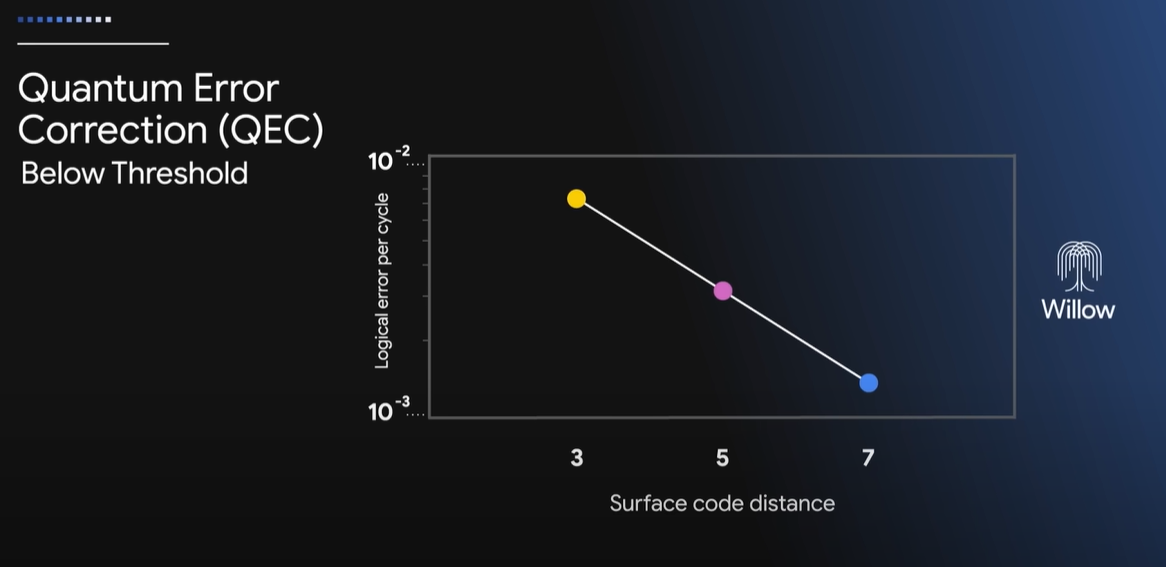
-
IBM:
IBM improves quantum error correction with Quantum Low-Density Parity-Check (QLDPC) codes, which offer more efficient error correction. These codes are a promising advancement for building fault-tolerant quantum computers, but challenges related to qubit connectivity and coherence still persist.
-
SpinQ:
SpinQ manufactures high-fidelity, low-decoherence superconducting quantum chips that enable precise control of each qubit via independent control lines.
When paired with SpinQ's Quantum Control Module (QCM) system, this setup supports high-fidelity quantum logic gates, with single-qubit gate fidelity exceeding 99.9% and two-qubit gate fidelity reaching 99% or higher, ensuring almost no quantum errors.
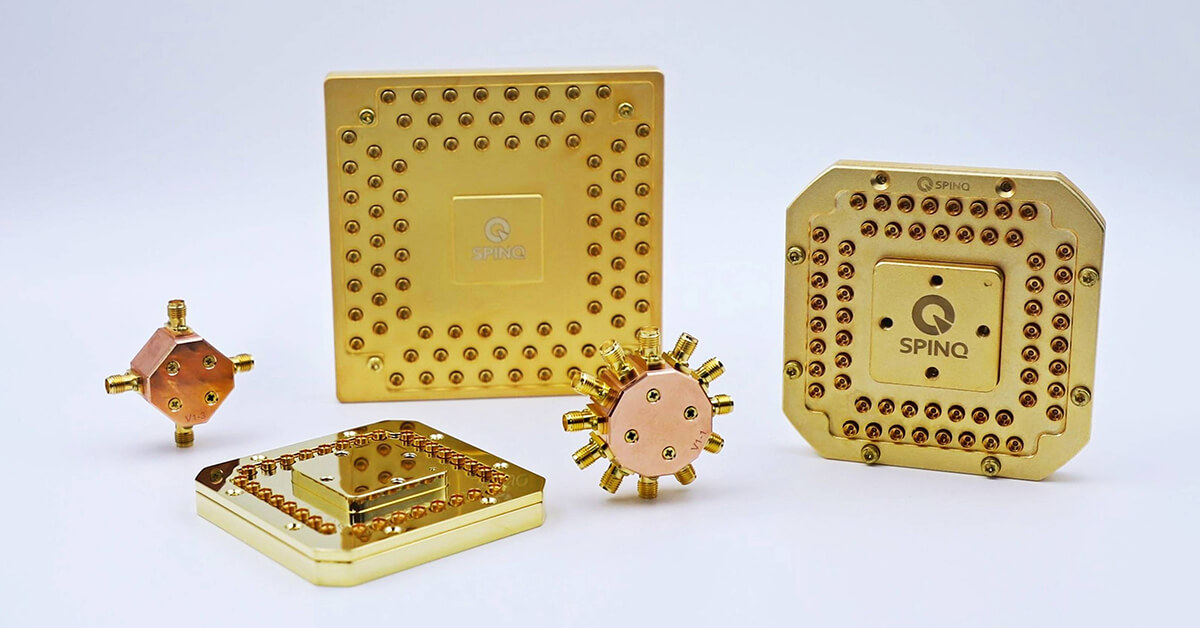
The Role of Quantum Error Correction in Future Quantum Chip Designs
For quantum computers to become practical, future chip designs will need to incorporate efficient Quantum Error Correction (QEC) methods.
This involves optimizing both qubit hardware and error-correction algorithms, potentially using hybrid quantum-classical systems.
As quantum hardware advances, QEC will be key to achieving fault tolerance and scalability, advancing quantum computing toward commercialization.
Applications of Quantum Error Correction in Quantum Computers
Quantum error correction (QEC) is crucial for the execution of complex quantum algorithms like Shor's algorithm (for factoring large numbers) and Grover's algorithm (for searching unsorted databases).
These algorithms rely on high precision and long coherence times, which QEC ensures by detecting and correcting errors during computing. Without QEC, errors would accumulate quickly, making such algorithms unreliable.
QEC also supports long-duration quantum operations and large-scale computing, ensuring quantum information remains intact over extended periods. This capability is vital for fields like quantum simulation, cryptography, and optimization, where lengthy, precise calculations are required.
Future of Quantum Error Correction and Quantum Computers
The future of Quantum Error Correction (QEC) will focus on optimizing physical qubits, reducing the number needed for effective error correction, and improving hardware-software synergy. Advances in hardware design will complement the development of more efficient error-correcting codes, making QEC more effective and less resource-intensive.
QEC will also be central to the commercialization and practical deployment of quantum computers. As quantum systems become more reliable and fault-tolerant, they will move from experimental setups to real-world applications in industries such as healthcare, finance, and materials science.
Emerging technologies like quantum machine learning will introduce new challenges for QEC. As quantum machine learning algorithms evolve, they will require faster, more efficient error correction methods to handle increasingly complex computing, pushing the limits of current quantum hardware.
In summary, QEC is foundational to both the technological advancement and practical applications of quantum computing, enabling its use across a wide range of fields.
Conclusion
Quantum error correction (QEC) is crucial for ensuring the precision and reliability of quantum computers.
It protects quantum information from errors, enabling the execution of complex algorithms and long-duration operations. As quantum computing advances, the synergy between QEC and hardware will be key to achieving fault-tolerant systems.
It's important to understand the mutual development of QEC and hardware, as this will drive more reliable quantum systems.
Ultimately, the integration of QEC and hardware design will be fundamental to the widespread success of quantum computing, unlocking its potential across various industries.
Featured Content
Popular Reads


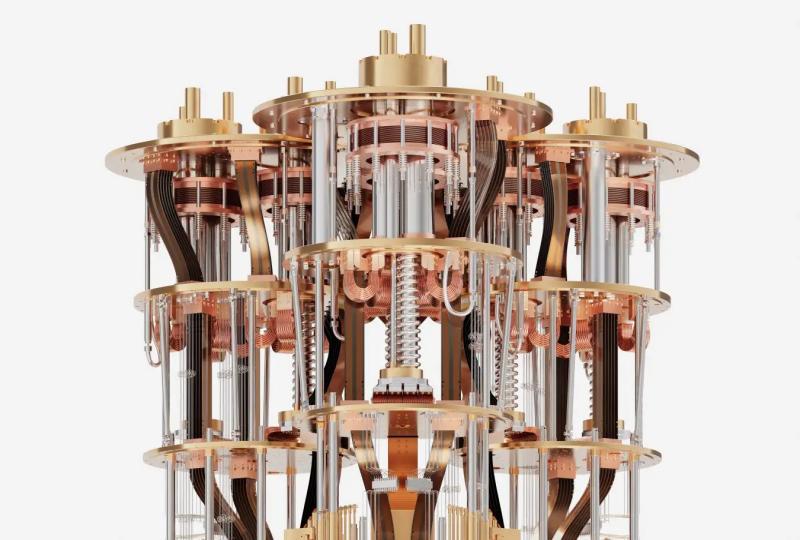
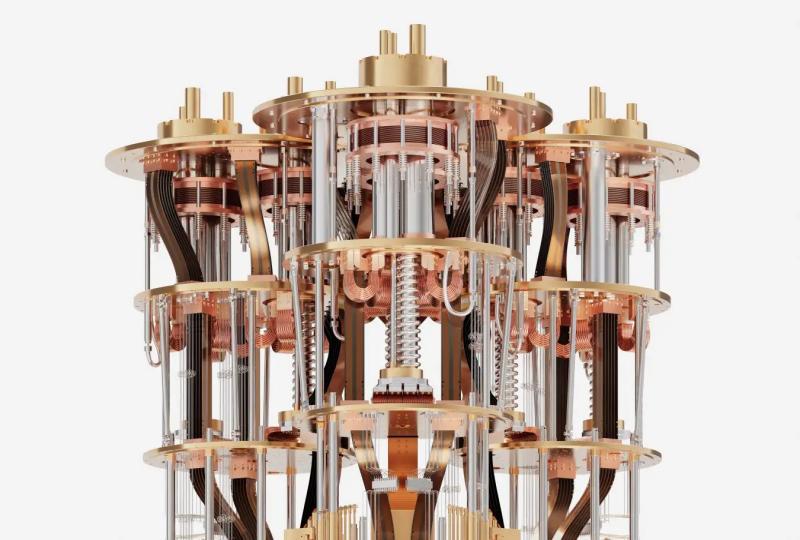
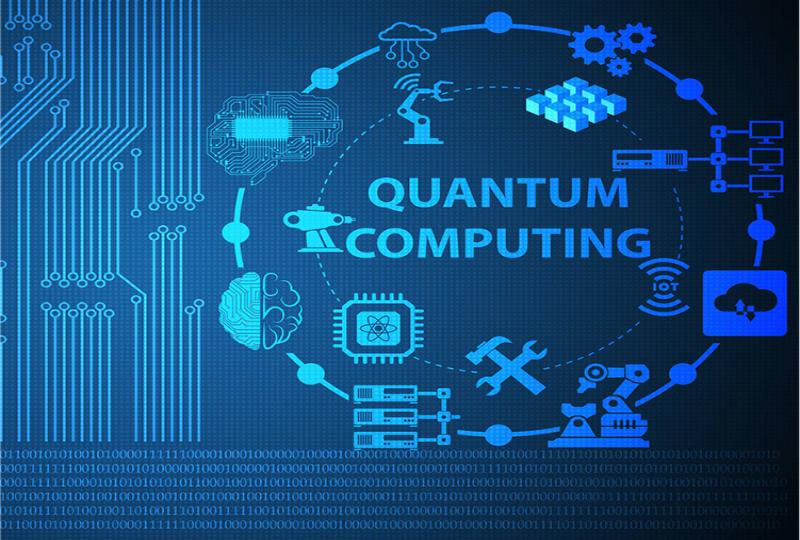
.png)
